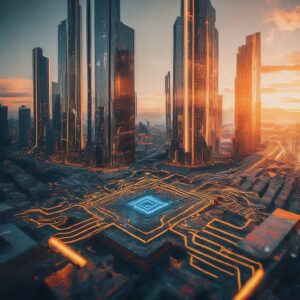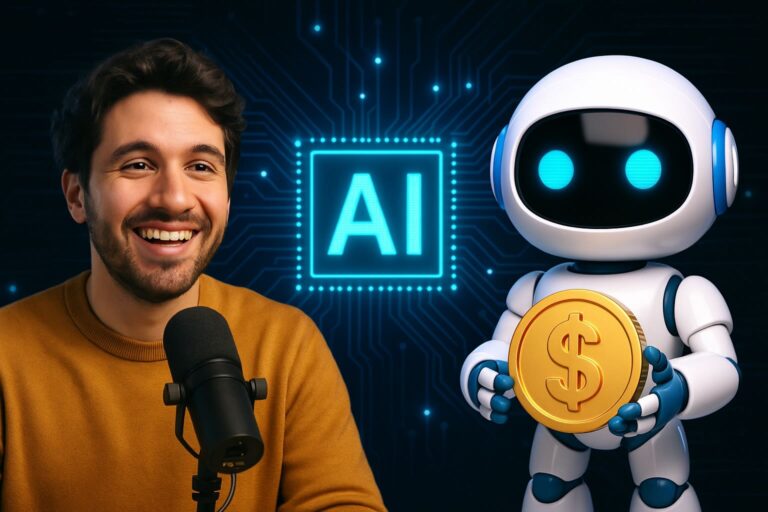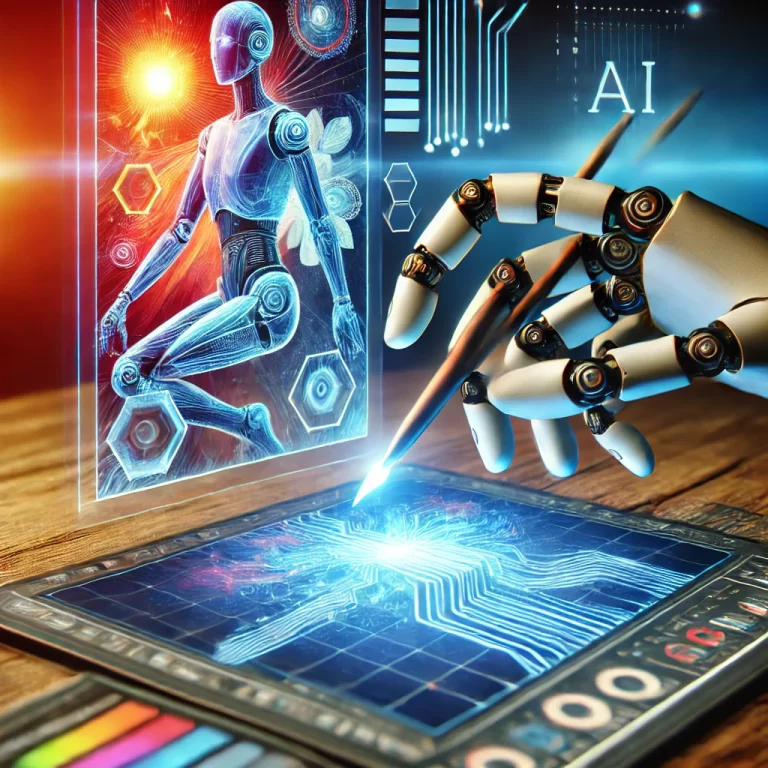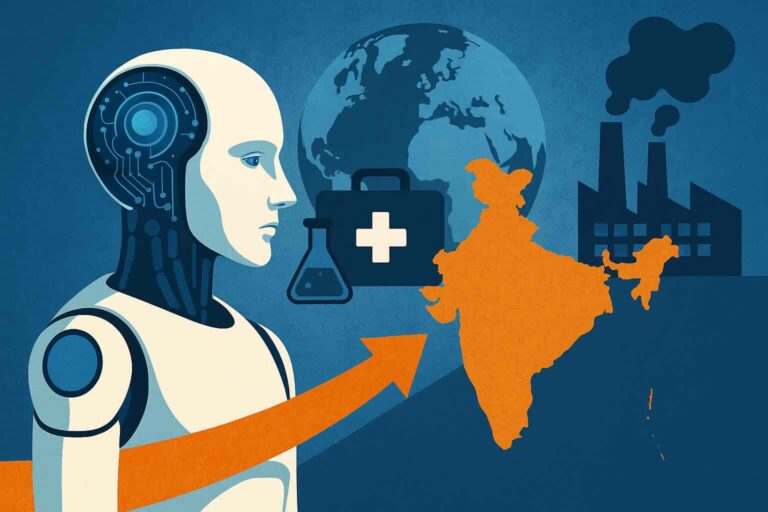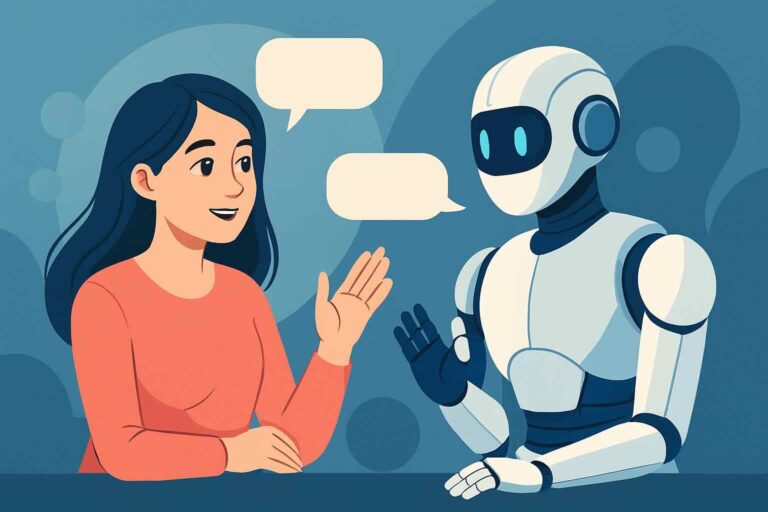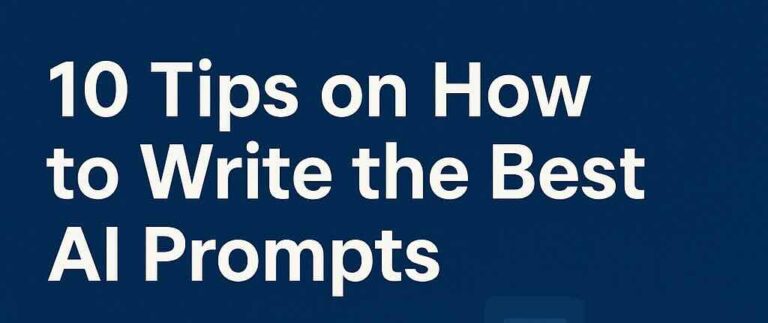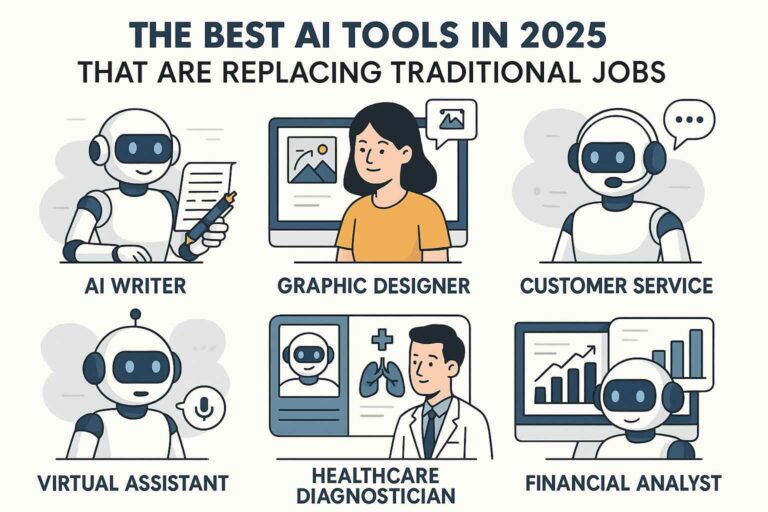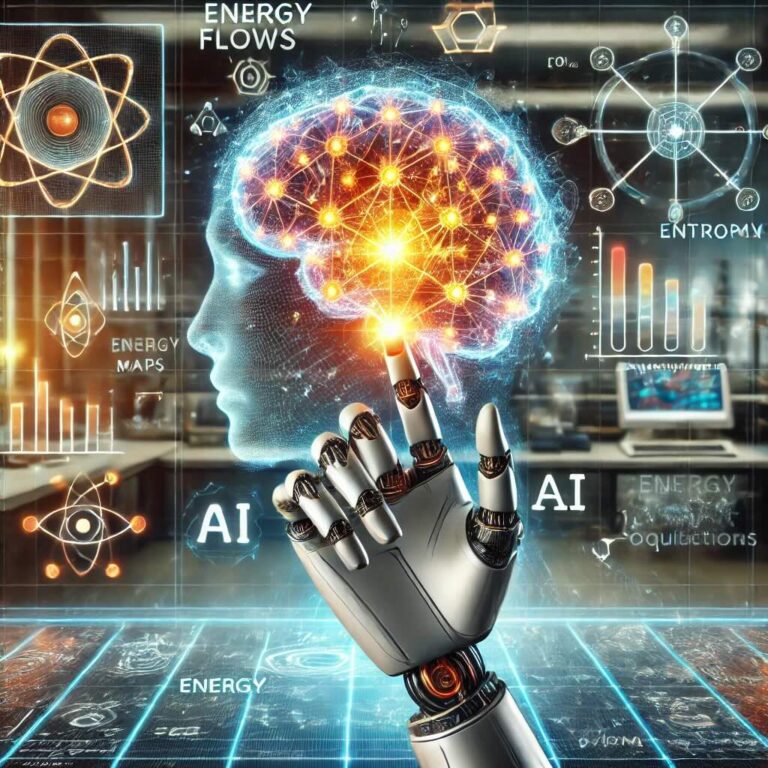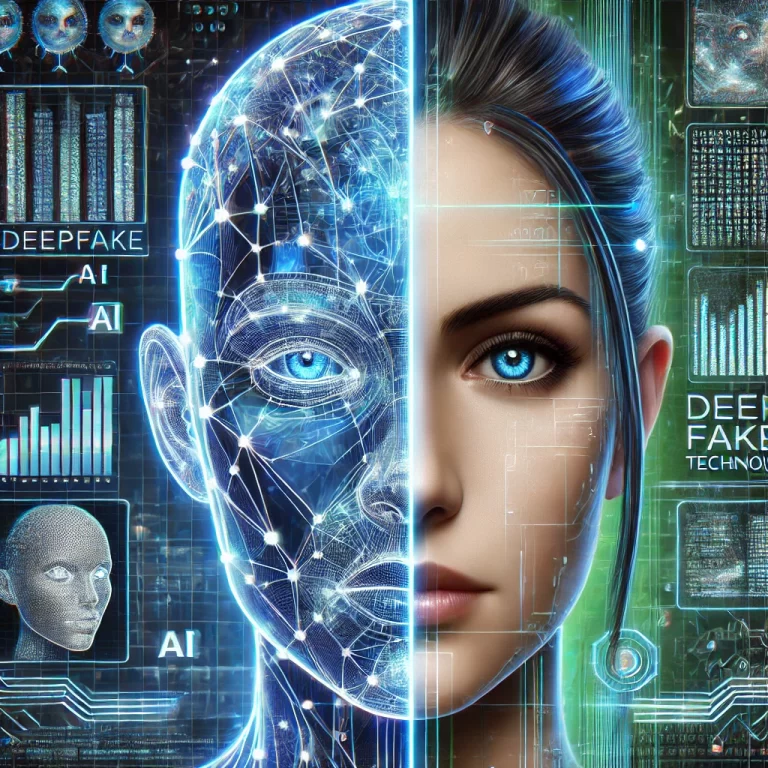The rapid advancement of artificial intelligence (AI) is reshaping various industries, and the realm of creativity and the arts is no exception. From generating music and visual art to writing literature and poetry, AI is increasingly becoming a collaborator in the creative process. This intersection of technology and creativity raises intriguing questions about the future of art, the role of human artists, and the very nature of creativity itself. In this article, we will explore the potential impact of AI on creativity and the arts, highlighting both the opportunities and challenges that come with this technological evolution.
AI as a Creative Tool
One of the most significant impacts of AI on the arts is its potential to serve as a powerful tool for artists. AI algorithms can analyze vast amounts of data to identify patterns, styles, and trends, providing artists with new insights and inspiration. For instance, AI can help musicians compose music by suggesting chord progressions and melodies that align with their preferred style. In visual arts, AI can generate novel designs and artwork based on a set of parameters defined by the artist.
Programs like OpenAI’s DALL-E and GPT-4 exemplify how AI can generate images and text that are remarkably creative. DALL-E, for instance, can create detailed and imaginative images from textual descriptions, offering artists a new medium to explore. Similarly, AI-based music composition tools can assist composers in creating new pieces by generating harmonies and rhythms that they might not have conceived on their own.
Enhancing Accessibility and Collaboration
AI has the potential to democratize the arts by making creative tools more accessible to a broader audience. With AI-powered software, individuals who may not have formal training in music, art, or writing can still produce high-quality creative works. This accessibility could lead to a more diverse range of voices and perspectives in the arts, enriching the cultural landscape.
Moreover, AI can facilitate collaboration among artists from different disciplines and geographical locations. By using AI tools to share and merge their creative ideas, artists can produce innovative works that combine different artistic traditions and techniques. This collaborative potential is particularly exciting in an increasingly globalized world, where cross-cultural exchanges can lead to groundbreaking artistic developments.
The Role of Human Artists
Despite the impressive capabilities of AI, the role of human artists remains central to the creative process. AI can assist and augment human creativity, but it lacks the emotional depth, personal experiences, and cultural context that human artists bring to their work. Art is not merely about generating aesthetically pleasing objects; it is a means of expressing complex emotions, telling stories, and exploring the human condition. These aspects of creativity are deeply rooted in human experiences and consciousness, which AI cannot replicate.
Furthermore, the unique touch of a human artist imbues artwork with authenticity and individuality. While AI can produce art that mimics certain styles, the subtle nuances and imperfections that characterize human-made art are often what make it truly special. As AI becomes more integrated into the creative process, the collaboration between human intuition and AI’s computational power can lead to new and exciting forms of art that neither could achieve alone.
Ethical Considerations and Challenges
The integration of AI into the arts also raises several ethical considerations and challenges. One major concern is the potential for AI to perpetuate biases present in the data it is trained on. If AI systems are trained on datasets that reflect historical or cultural biases, they may inadvertently reinforce these biases in their creative outputs. Ensuring that AI-generated art promotes diversity and inclusivity is crucial.
Another challenge is the issue of authorship and intellectual property. As AI-generated works become more prevalent, determining the ownership and rights associated with these works can be complex. Legal frameworks will need to evolve to address questions about who owns an AI-created piece of art—the programmer, the user, or the AI itself.
The Future of AI and the Arts
The future of AI in creativity and the arts is both promising and uncertain. As AI technology continues to evolve, it will undoubtedly become an increasingly integral part of the creative process. Artists will have access to more sophisticated tools that can expand the boundaries of their creativity and push the limits of artistic expression.
However, the true impact of AI on the arts will depend on how we choose to integrate this technology into our creative practices. By embracing AI as a collaborative tool rather than a replacement for human creativity, we can ensure that the arts continue to flourish and evolve in new and exciting ways. The fusion of human ingenuity and AI’s capabilities holds the potential to create a vibrant and diverse artistic landscape, reflecting the complexity and richness of the human experience.

